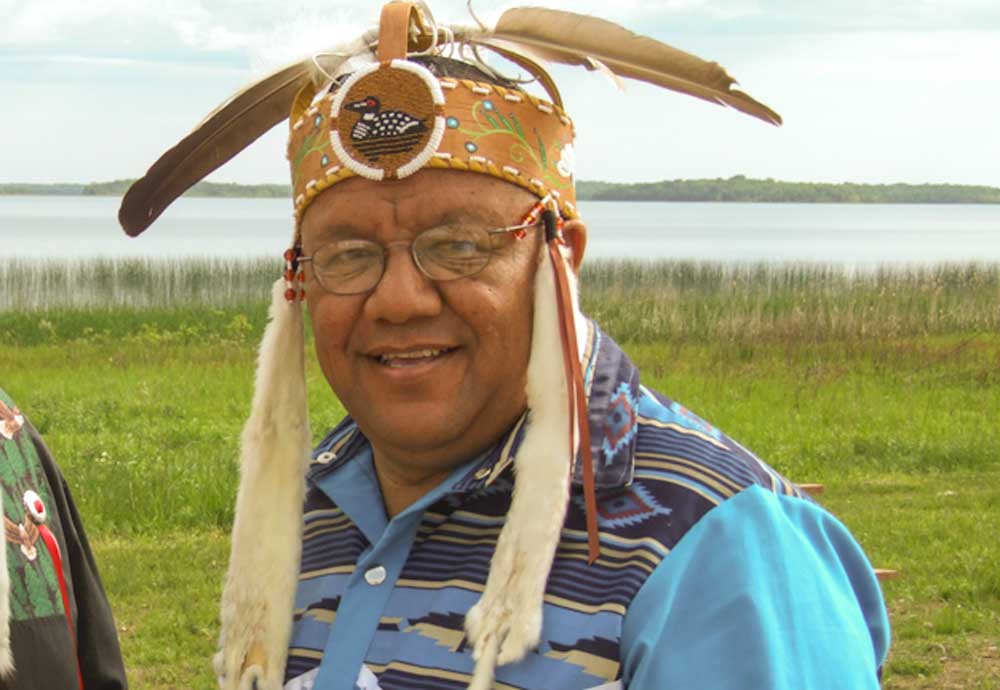SAULT STE. MARIE—The leadership of the Anishinabek Nation came together for the Anishinabek Nation Governance Gathering in Sault Ste. Marie recently with the objective of “building a sense of unity and understanding about the proposed Anishinabek Nation Governance Agreement.”
“It’s us as leaders that need to make the call about what happens for the good of our people,” said Anishinabek Nation Grand Council Chief Glen Hare. “It’s our own destiny to lead our communities the right way—the Anishinaabe way.” While the leadership met to hammer out the text of the governance agreement, it is now up to the individual First Nations to decide whether the agreement will go forward.
“The meeting in Sault Ste. Marie went good,” said Grand Council Chief Hare. “It was very positive, very good. We had a great turnout and we are maintaining our momentum. Now it is up to the individual leadership to take the draft back to their communities. When all is said and done it is up to the communities to decide, they are the ones who make the decision.”
The draft Anishinabek Nation Governance Agreement is a self-government agreement with Canada that recognizes the Anishinabek Nation First Nations’ jurisdiction over their elections, language and culture, citizenship and First Nation government management. The Governance Agreement is an important step out from parts of the Indian Act towards greater self-determination. It will establish a nation-to-nation relationship between the Anishinabek Nation, its member First Nations and the Government of Canada to address concerns and issues important to member First Nations.
“This Agreement will provide our First Nations with opportunities to enact their own election laws and to look at ways of promoting more use of our Anishinaabemowin language and incorporating more of our ceremonial ways of conducting our meetings and governing ourselves in a more traditional fashion,” said Anishinabek Nation chief negotiator Martin Bayer. “It will also provide us with the opportunity to define for ourselves, who our citizens are and the rights, privileges and responsibilities that come with that citizenship.”
A vote on the proposed Anishinabek Nation Governance Agreement is planned for later this year.
“The opportunity is here now, the momentum is here for all of us to be leaders in our communities,” continued Grand Council Chief Hare. “We say what happens in our communities—we make the laws. We can no longer have another government doing this for us.”
Grand Council Chief Hare noted that the Aninishabek Education Agreement, signed onto by 23 of the 40 members of the Anishinabek Nation last year, has proven to be a useful template for moving forward on a number of governance fronts. “We have 23 out of 40, but that doesn’t mean that we are not working with the other 17,” he said. “Members can still opt in or opt out. At the end of the day it is up to the people. We are just doing the legwork.”
Grand Council Chief Hare said that child welfare is high on his to-do list. “We just had a meeting with the minister last week and there are more funds coming our way,” he said. “I am not going to say it has been easy. There are a lot of things that we have signed with the government and we can’t go back, we have got to go forward.”
One of the key issues in going forward is pay parity. “When I was chief in my community, our child welfare worker was not funded, we had to come up with that money on our own to pay the salary,” he noted. As a result, “that worker was being paid in the range of $29,000 when comparable workers in the Children’s Aid Society were being paid between $45,000 and $55,000. “People must be paid what they are worth,” said Grand Council Chief Hare.





